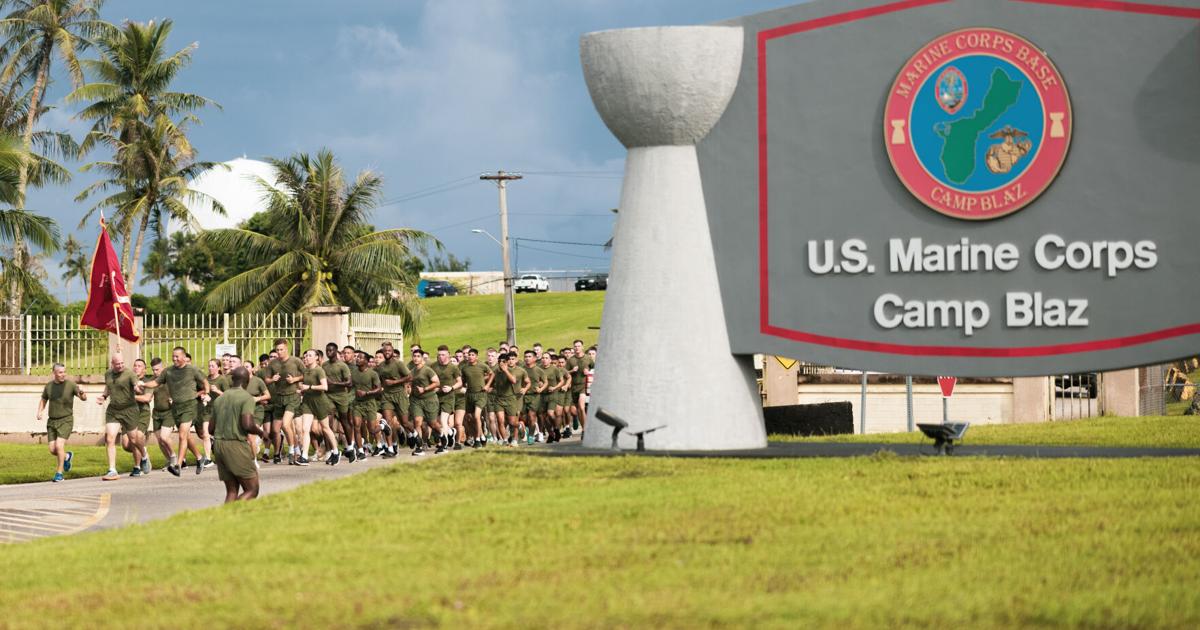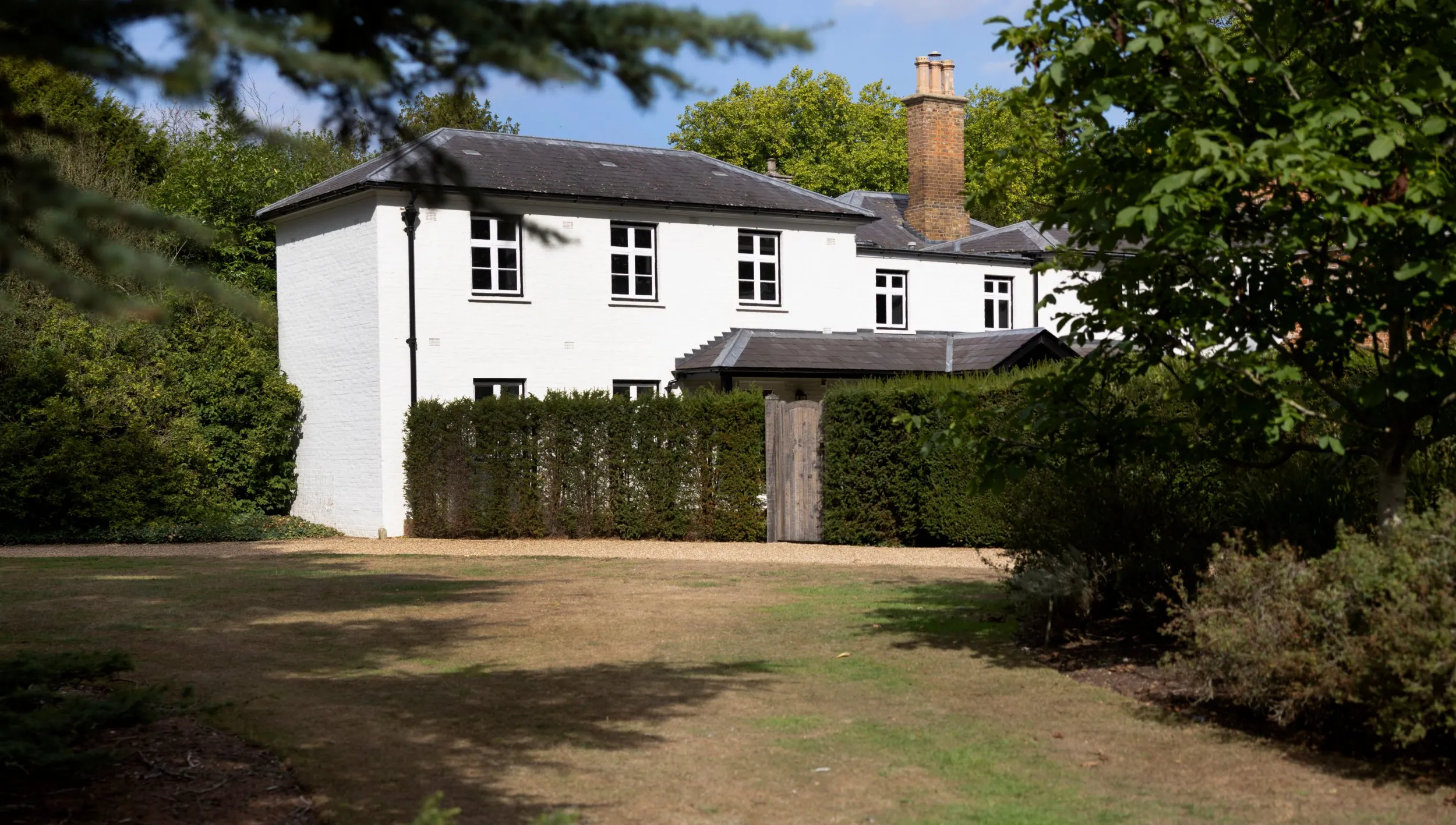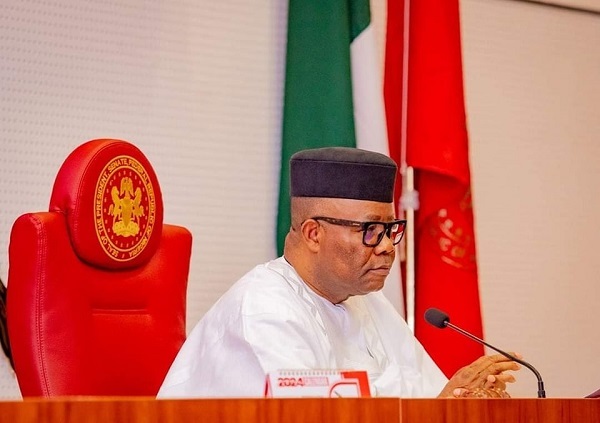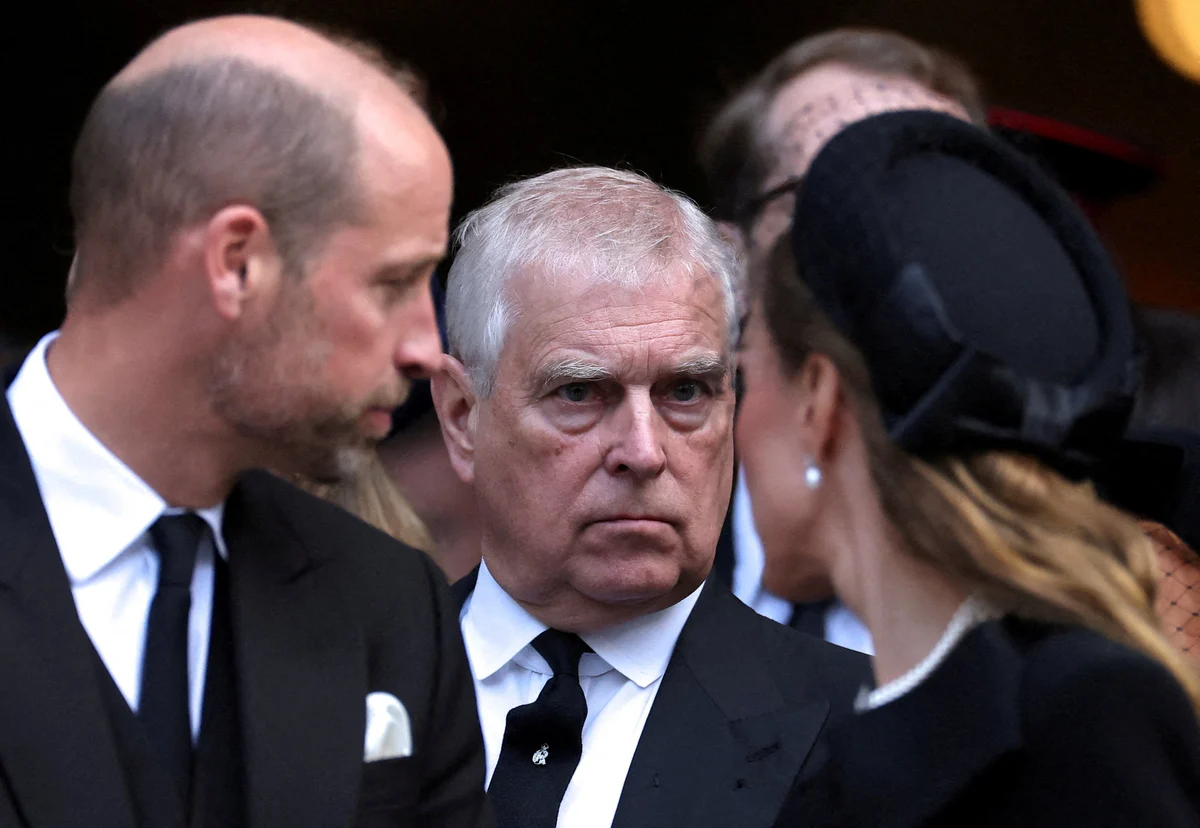Copyright guampdn

The new Japanese minister of defense this week said plans for the realignment of U.S. forces in Japan will continue, including relocation of an air station critical to moving Marine Corps forces out of Okinawa. Japanese Minister of Defense Shinjiro Koizumi made the remarks in Tokyo Wednesday in a televised press conference with visiting U.S. Secretary of Defense Pete Hegseth. It comes a week after new U.S. Under Secretary of the Navy Hung Cao said the Department of War is “constantly reevaluating” its position, when asked for an update about the long-expected movement of Marines from Okinawa to Guam. Cao, speaking on Guam, said plans to move the Marines to Guam were decades old, and made prior to the DoW realizing the threat from China. He said “the Marines will, if anything, they’ll come here to train.” The Pacific Daily News asked Marine Corps Base Camp Blaz for an update on the relocation, and to clarify if there was any change in the scope, scale, or timing of the expected move of 5,000 Marines and their dependents to Guam. Camp Blaz public affairs officer Maj. Mark Crum, in a statement, said the base is unable to respond “due to a lapse in appropriations.” The federal government shutdown entered its fifth week Monday. Joint Region Marianas deferred to Camp Blaz on the matter. Koizumi’s Wednesday remarks indicate that the Japanese government is still set on completing one of the major pieces of the U.S.-Japan agreed Marine Corps move: the relocation of Marine Corps Air Station Futenma in Okinawa. The defense minister said both nations work together on the steady realignment of forces, including “the construction of a Futenma replacement facility, and a total return of Marine Corps Air Station Futenma.” Governor on updates About 3,000 Marines are stationed at the air station, which will be shuttered as part of a U.S.-Japan agreement. But the relocation of the base further north in Okinawa has been part of a years-long legal battle that was only resolved by Japan’s high court in January. The air station's delay is what’s driving a slow movement of Marine Corps troops to Guam, according to Gov. Lou Leon Guerrero, who visited Okinawa in August for an update on the move. Leon Guerrero, speaking to the Pacific Daily News last week, said she did not get into the details of the move when meeting with U.S. Under Secretary Cao. "But when I was in Okinawa and talking to the generals there, they're still targeting about 5,000 to be relocated,” the governor told the PDN. “With all the military buildup, I think we're looking at about a 12,000 increase in population by 2035.” Think-tank: 'Long way off from knowing' There has likely been talks in U.S. circles to pressure the Japanese government to reassess the move, said Leland Bettis, of Guam-based defense think tank Pacific Center for Island Security. Bettis said any decision would ultimately have to be renegotiated by Japan and the U.S., noting that Japan has put $3.2 billion into the move already. “We're probably a long way off from knowing. I doubt seriously that the Japanese are quickly going to reverse their position because of domestic pressures over the issues in Okinawa,” Bettis said. Bettis noted that Okinawans pushed for even more Marines to be moved off than the current plan calls for. "I definitely think that the Marines have made it clear they want to be there,” he said. Prior to Cao’s remarks last week, Marine Corps Commandant Gen. Eric Smith in January reportedly said that relocating Marines from Okinawa to Guam “puts us going the wrong way” and “a long way from the crisis theater.” U.S. defense policy is “always in flux,” Bettis said, and Guam would be affected by it. Whatever change may come, it's unlikely that the new Camp Blaz would be left unused, he said. He said the island should keep an eye out on reported plans to move U.S. Army troops out of South Korea and to Guam and other areas in the region, which the Pentagon has denied. "On a wild card that the Marines do not move from Okinawa, someone could say, 'Hey, we've got all these barracks in Guam. We can move in the Army there from Korea, or some army there from Korea." Japan’s Koizumi on Wednesday committed to multilateral defense cooperation in the region, with Japan and the U.S. at the center, and increased cooperation and information sharing with South Korea and the Philippines.



